2020 was a challenging year in many ways, but how has it impacted skilled trades, training and pathways into the industry? Are we seeing temporary solutions to the way the skilled trades are practiced? Is the way training was delivered to deal with the COVID-19 pandemic here to stay? Let’s take a step back before looking forward.
In this two-part blog series, we start with covering what we’ve learned from 2020 before forecasting what 2021 has in store for us.
Top 4 Takeaways from the 2020 Pandemic
1. Worker Shortages Grow, Outdated Career Pathways Remain
2020 was the year of the skilled and essential worker. Trades specialists such as plumbers, HVAC technicians and electricians were run off their feet to keep pace with the demand for services considered essential by the Federal Government.
Many went beyond the call of duty to, quite literally, keep the nation running. At a time when the service industry is increasingly volatile, and the gig economy more insecure than ever, the skilled trades remain stable.
Despite their importance to the economy, and people’s way of life, there are not enough skilled trades specialists to meet the demand for their expertise.
For years, the need for skilled trades workers has continued to increase. A 2018 survey listed skilled trades as the number one in-demand position employers are looking for, and little has changed.
The U.S. Bureau of Labor Statistics estimates that there will be about 49,800 openings for plumbers, pipefitters and steamfitters each year over the next decade, 82,200 openings for electricians each year, and a 21% increase in job growth for HVAC technicians.
At a time when U.S. unemployment is at 6.7%, and demand for skilled trade workers is at an all-time high, there is a clear need for a new apprenticeship training model (and other learning models) that are both fast and affordable, prepare apprentices for the skills of tomorrow, and focus attention on attracting new people to the sector.
2. The Attractiveness of Trades Careers Needs to Increase
The skills shortage means there is a strong need to make careers in the trades more attractive. In order to do this, opinions around the “college for all” mentality must change.
The cost of college has increased by more than 25% over the past decade, with a four-year degree costing between $107,000 and $219,000, depending on the university attended.
The skilled trades offer highly attractive incomes. According to international job search web site, neuvoo, experienced skilled trades workers can earn up to $79,000 per year.
Other benefits of the skilled trades include strong demand, job security and the ability to gain experience and applicable skills while learning on the job. A skills-based education offers the opportunity to earn money and get into the real-world job market quickly, while being a less expensive route to a career compared to college degrees.
What has been holding skilled trades back for so long is the fact that apprenticeships can take between one and six years and often require months and sometimes years of onsite experience — a time span that could take longer with COVID-19.
Part of increasing the attractiveness of skilled trades jobs in 2020 was to explore how to speed up time from apprentice to being job-ready.
3. There’s Been a Huge Shift to Online Learning
It’s not just the speed of apprenticeship training that was important in 2020, but the content, as well. Skilled trades need to be able to access highly practical and engaging content.
The result of this, along with the restrictions on face-to-face activity from COVID-19, is that both teaching and learning in the skilled trades is continuing to move online. Online innovations mean more creative content and delivery styles for skilled trades learning.
For example, take the rapid adoption of virtual reality (VR) technology and the ability to create a totally immersive experience. Such developments are not only solutions to the current remote environment, but can also significantly improve skills learned and applied.
A 2019 study, found that medical students undergoing VR training were able to carry out certain procedures more effectively than colleagues who went through traditional forms of training.
4. COVID-19 Exposed a Major Weakness in Hands-on Learning
COVID-19, and the other factors described above, have exposed a major weakness in the learning of hands-on skills.
Few industries have been impacted as much by COVID-19 as the skilled trades where — more often than not — the workers must be in a physical location. This is taking place at a time when the majority of the U.S. workforce has gone remote. Upwork’s ‘Future of Workforce Pulse Report,’ launched in December 2020, predicts that by 2025, 36.2 million people will be working remotely — an 87% increase from pre-pandemic levels.
Eventually, we may look back at 2020 as a pivotal year in skilled trades and learning. How is it going to define career training as we move forward? In part 2 of this blog series, we’ll cover what to expect in 2021.









